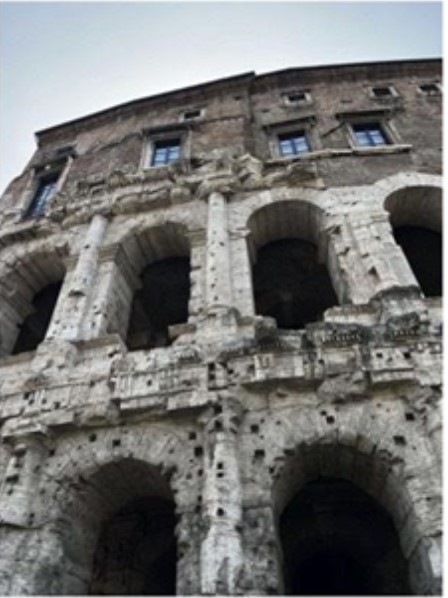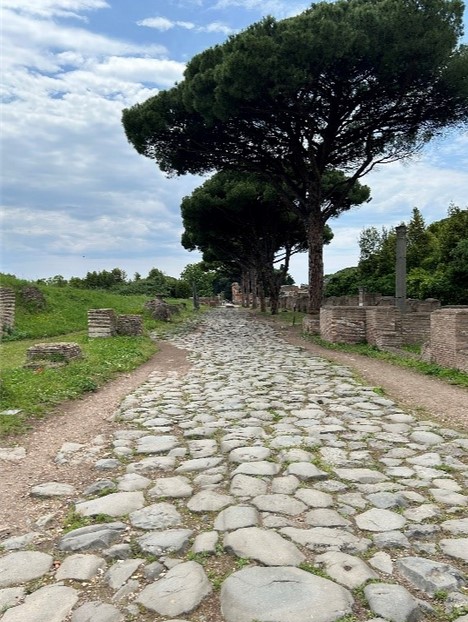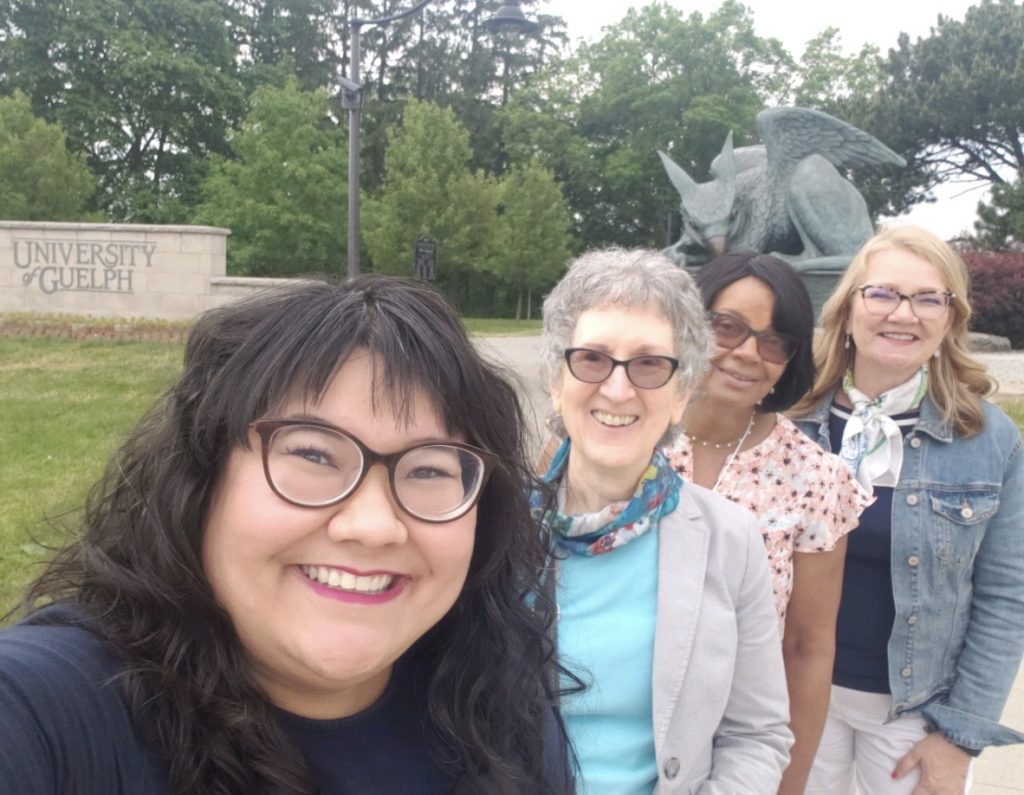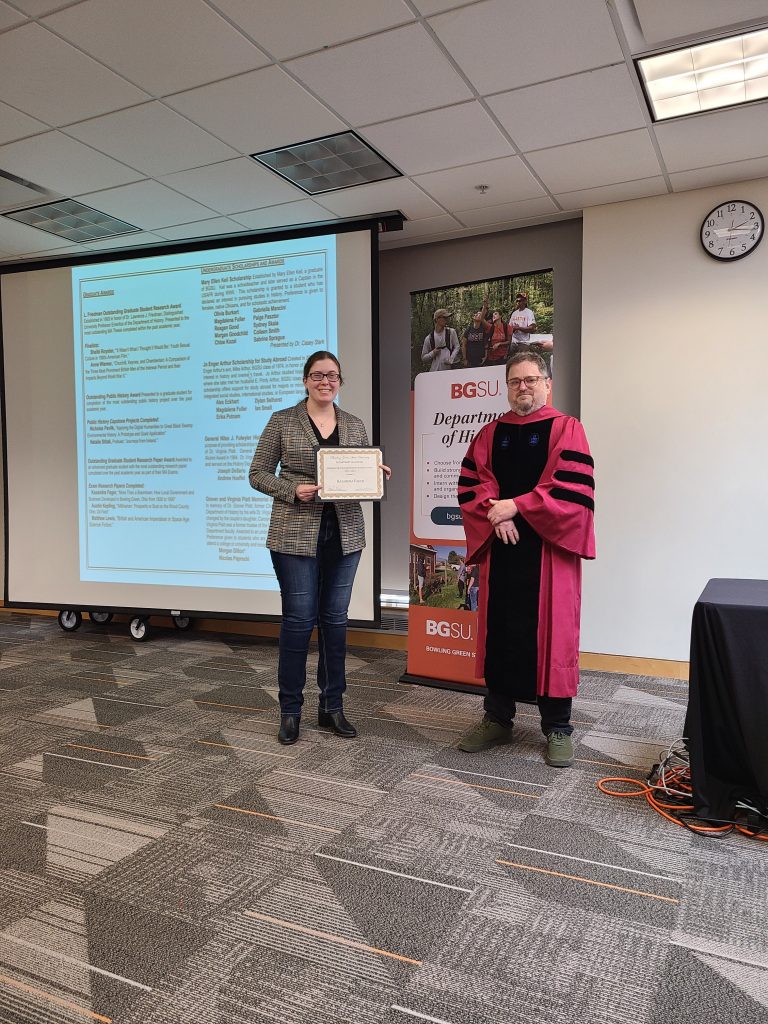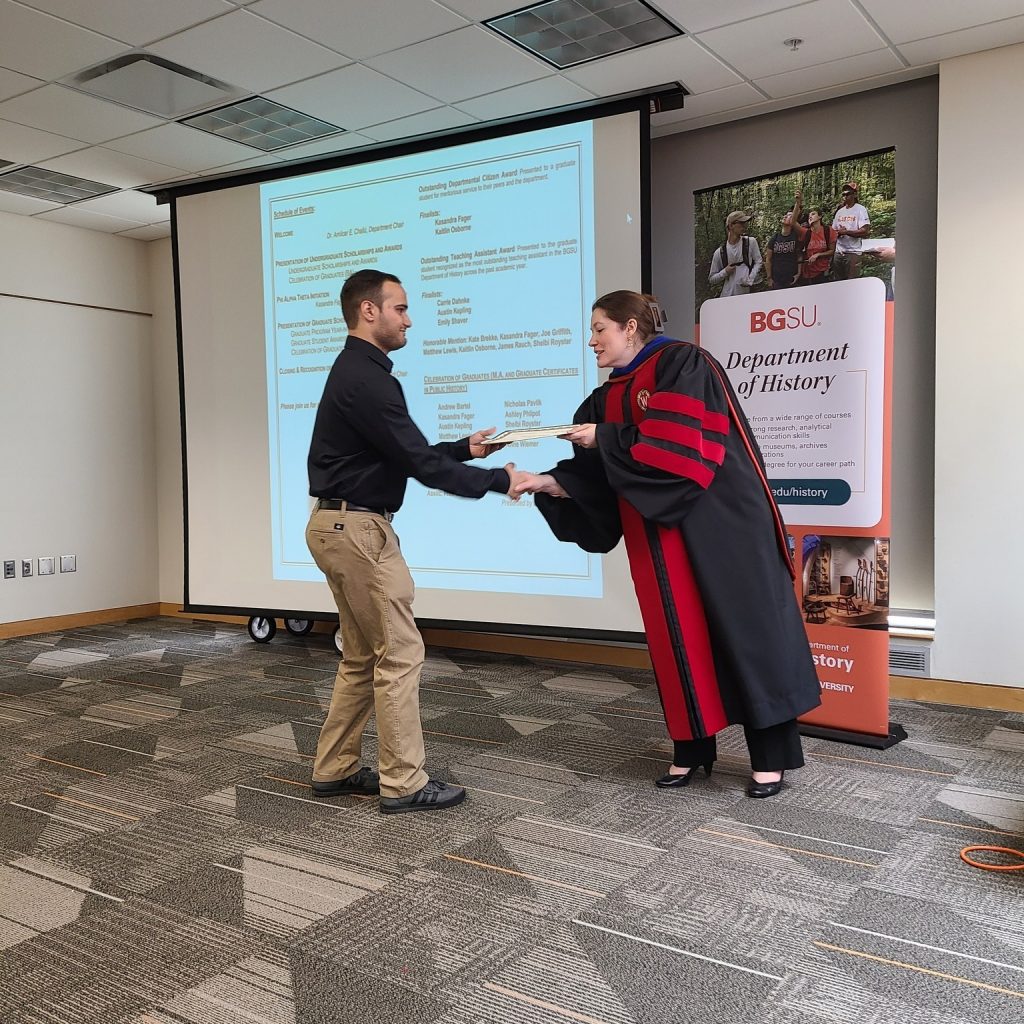Tags
Ancient Rome, BGSU History, BGSU Study Abroad, Casey Stark, HIST 3445, Jo Enger Arthur Scholarship for Study Abroad, Joseph DeSario, Roma Aeterna, Study Abroad Italy, Undergraduate
By: Joseph DeSario, BGSU Roma Aeterna 2023 Student
This is a presentation written as part of HIST 3445, Ancient Rome BGSU, Summer 2023 Roma Aeterna Education Abroad Program in Rome, Italy.
The Pantheon is regarded as one of Rome’s great tourist attractions due to its ancient history and architectural design. Many of those tourists do not know its origins of who built the Pantheon, why they built it, and why it still stands where it was built. The Pantheon was not always in the orientation as it is today and was built three times under three different emperors. To know why the Pantheon is regarded as one of the greatest structures that withstood the test of time people need to understand the origins and the purpose of the building, the architectural genius, the conversion of the Pantheon into a Church, its preservation, and its cultural importance and tourist appeal. The Pantheon began as a pagan temple that was rebuilt multiple times and was transformed into a Christian church, which shows cultural and religious evolution, which makes the Pantheon a major source of understanding the ancient world and a long-lasting mark of historical and architectural importance.


